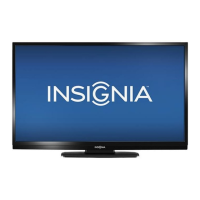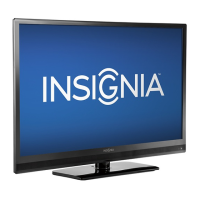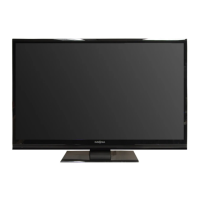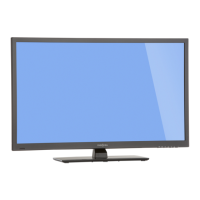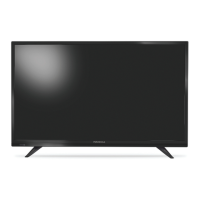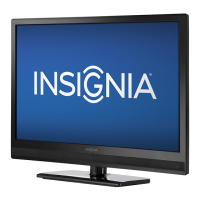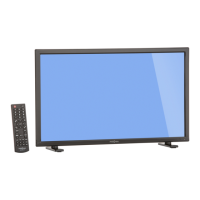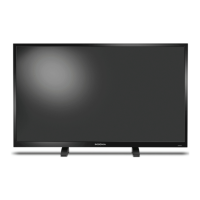Why does my Insignia NS-39D40SNA14 show two volume bars when I adjust the volume?
- HHector MooreSep 12, 2025
When you adjust the volume on the audio receiver or with the TV remote control, a double volume bar appears, one for the TV volume and one for the audio receiver volume.
